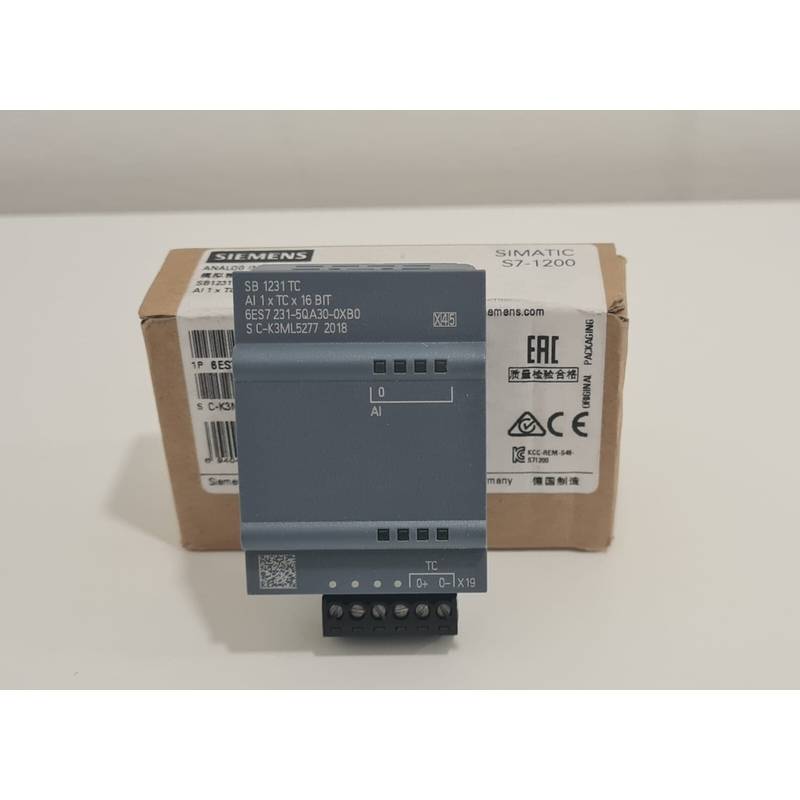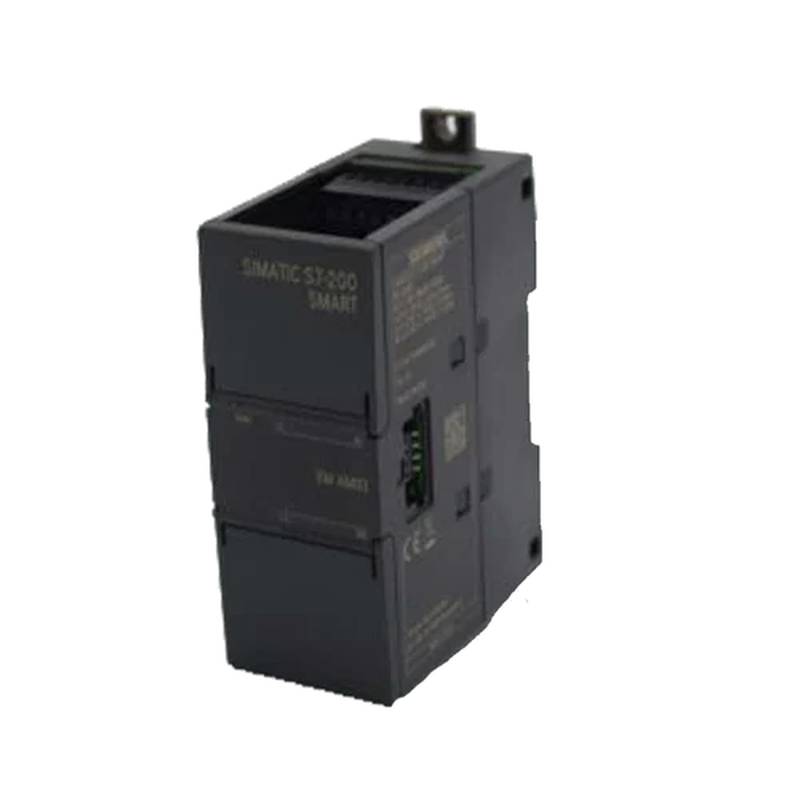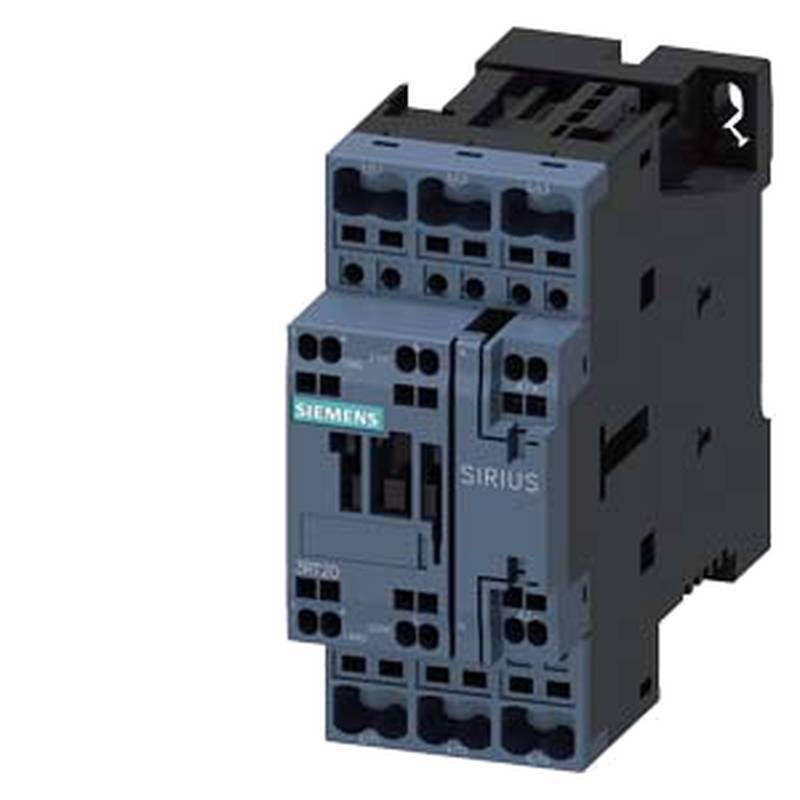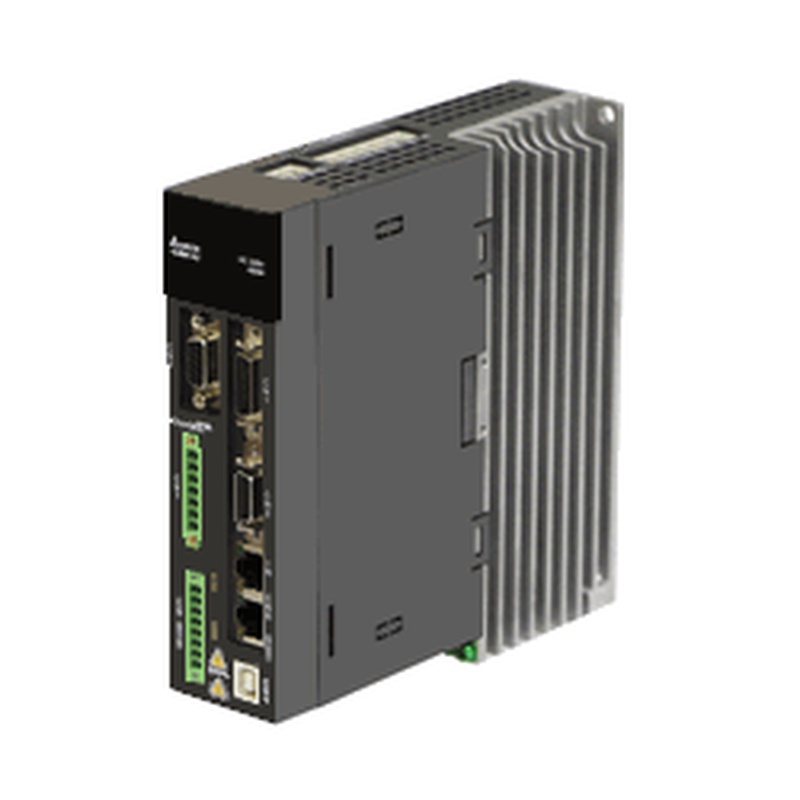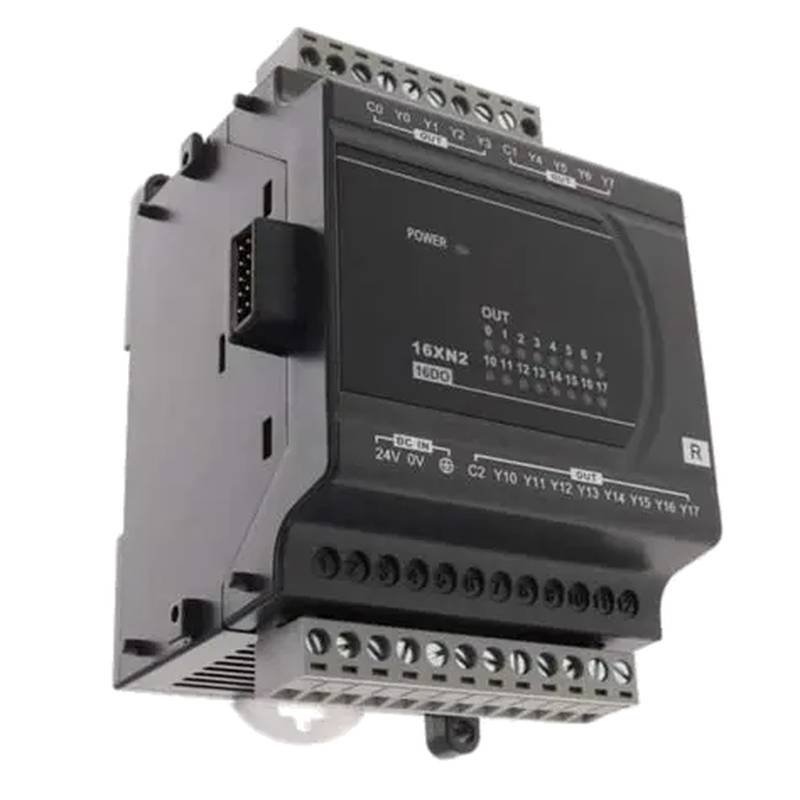
The INVT GD10-0R4G-S2-B, a single-phase 220V inverter VFD, emerges as a robust and efficient solution for precise motor control in diverse industrial applications. This compact Variable Frequency Drive (VFD) excels in delivering superior performance through its advanced control algorithms and user-friendly design. Key advantages include its exceptional energy-saving capabilities, precise speed regulation, and robust protection features, making it an ideal choice for demanding operational environments. Critical technical parameters highlight its 0.4kW (0.5HP) power rating, 2.0A output current, and adaptability to single-phase 220V input power. Its intuitive interface and flexible mounting options simplify integration into existing systems.
Product Specifications
| Feature | Specification |
| :------------------ | :--------------------------------------------- |
| Model | GD10-0R4G-S2-B |
| Input Voltage | Single-Phase 220V |
| Output Power | 0.4 kW (0.5 HP) |
| Output Current | 2.0 A |
| Control Method | Sensorless Vector Control, V/f Control |
| Output Frequency | 0-400 Hz |
| Overload Capacity | 150% of rated current for 60 seconds |
| Communication Ports | RS485 (Optional) |
| Protection Level | IP20 |
| Dimensions (WxHxD) | 70mm x 128mm x 145mm |
| Ambient Temperature | -10°C to +40°C |
Core Features & Market Positioning
The INVT GD10-0R4G-S2-B distinguishes itself in the market through its sophisticated sensorless vector control technology, which ensures excellent torque response and precise speed accuracy even under varying load conditions. This advanced control capability, typically found in higher-end drives, provides a significant competitive advantage for applications requiring dynamic performance. Furthermore, its compact form factor and IP20 rating make it suitable for integration into control cabinets and machinery where space is a constraint. The drive's robust design and comprehensive protection functions, including overcurrent, overvoltage, and undervoltage protection, underscore its reliability and suitability for demanding industrial environments. Its positioning as a high-performance yet cost-effective single-phase VFD makes it an attractive option for small to medium-sized enterprises seeking to optimize motor performance and energy consumption.
Key Application Scenarios
This single-phase 220V inverter VFD finds extensive utility across a broad spectrum of industrial applications where precise speed control and energy efficiency are paramount. It is exceptionally well-suited for powering and controlling centrifugal fans, enabling significant energy savings through precise airflow regulation in HVAC systems and ventilation applications. Pump control is another major area of application, where the GD10-0R4G-S2-B can manage water supply systems, pressure boosting, and wastewater management with enhanced efficiency and reduced wear on equipment. Textile machinery, such as spinning frames and looms, benefits from the drive's accurate speed and torque control for consistent product quality. Furthermore, it is an excellent choice for conveyor systems, material handling equipment, and general-purpose machinery requiring smooth start-up, controlled acceleration/deceleration, and optimized operational speeds.
Practical System Integration Guidance
Integrating the INVT GD10-0R4G-S2-B into existing systems is streamlined due to its user-friendly design and flexible connectivity. For basic installation, ensure the drive is mounted in a well-ventilated area, away from excessive dust, moisture, or corrosive substances, adhering to the specified ambient temperature range. Wiring connections are critical: connect the single-phase 220V AC power supply to the L and N terminals. The motor windings are connected to U, V, and W. Ensure proper grounding of both the drive and the motor for safety and optimal performance. Parameter configuration is accessed via the keypad and digital display. Key parameters for initial setup include motor rated voltage, rated frequency, rated speed, and rated current, which should be set to match the connected motor’s specifications. For applications requiring remote control or monitoring, the optional RS485 communication interface can be utilized, enabling integration with PLCs or SCADA systems using Modbus RTU protocol.
Operation and Risk Mitigation
Effective operation of the INVT GD10-0R4G-S2-B relies on understanding its operational modes and protective features. The drive offers multiple control modes, including V/f and sensorless vector control, allowing optimization for different application dynamics. Users can set acceleration and deceleration times, speed limits, and operate in multi-step speed modes for automated processes. Crucially, understanding the fault codes displayed on the unit is vital for prompt troubleshooting. Common fault codes include E.OC (Overcurrent), E.OV (Overvoltage), E.UV (Undervoltage), and E.OL (Overload). In case of a fault, power off the drive, consult the user manual to identify the cause, rectify the issue, and then reset the drive. Always ensure the motor is correctly selected for the drive's capacity and that wiring is secure to prevent electrical hazards. Regular inspection of connections and environmental conditions will mitigate operational risks and ensure longevity.
Scalability & Long-Term Value
The INVT GD10-0R4G-S2-B offers inherent scalability and long-term value, particularly for growing industrial operations. Its compatibility with a wide range of single-phase AC motors allows for easy replacement or upgrading of existing motor control systems without requiring a complete overhaul of the power infrastructure. The optional RS485 communication port provides a gateway for future integration into more sophisticated control architectures, including IIoT platforms and centralized monitoring systems. This allows businesses to gradually implement smart manufacturing principles, leveraging data from the VFD for predictive maintenance and performance optimization. By ensuring precise motor speed and torque control, the GD10-0R4G-S2-B contributes to reduced energy consumption and extended equipment lifespan, delivering significant operational cost savings and a strong return on investment over the long term.
Frequently Asked Questions (FAQs)
1. What is the maximum motor size compatible with the INVT GD10-0R4G-S2-B?
The INVT GD10-0R4G-S2-B is rated for a 0.4kW (0.5HP) motor. It is crucial to match the motor's power and current ratings precisely to the VFD's specifications.
Exceeding the drive's capacity can lead to overcurrent faults and potential damage. Always verify motor nameplate data against the VFD's product specifications before connecting.
For larger motor requirements, consider INVT's higher-power VFD models designed for single or three-phase operation.
2. Can this VFD be used with a three-phase motor?
No, the INVT GD10-0R4G-S2-B is specifically designed for single-phase 220V input and is intended for use with compatible single-phase motors.
Connecting a three-phase motor to this drive will result in improper operation and potential motor damage. Three-phase motors require a VFD with a three-phase output.
INVT offers a range of VFDs with three-phase output capabilities for applications requiring three-phase motor control.
3. How do I set up the basic parameters for a new installation?
Begin by powering off the VFD and then connecting the motor. Access the parameter menu using the keypad. First, set P0.01 to select the control mode (e.g., V/f control). Then, input motor parameters like rated voltage (P0.02), rated frequency (P0.03), rated speed (P0.04), and rated current (P0.05) according to the motor's nameplate.
Next, configure acceleration (P1.01) and deceleration (P1.02) times to avoid abrupt starts/stops. Set the desired maximum frequency (P0.06) if it differs from the motor's rated frequency. These initial settings ensure safe and efficient operation.
Finally, save your settings and perform a test run, monitoring motor performance and listening for any unusual noises. Refer to the user manual for a complete list of parameters and their functions.
4. What are the advantages of sensorless vector control in this VFD?
Sensorless vector control offers superior torque accuracy and faster dynamic response compared to standard V/f control. This allows the motor to maintain precise speed even under sudden load changes.
This technology is particularly beneficial for applications requiring high starting torque or precise speed holding, such as in conveyors, elevators, or CNC machines. It enhances process control and product quality.
Even without a motor encoder, the drive estimates motor speed and torque, providing closed-loop-like performance for many applications.
5. How can I connect an external potentiometer for speed control?
To use an external potentiometer, connect its terminals to the analog input terminals on the VFD. Typically, one outer terminal connects to a voltage reference (e.g., +10V), the other outer terminal connects to analog ground (GND), and the wiper connects to the analog input (AI1).
You will then need to configure specific parameters. Set P0.01 to enable V/f control with analog input. Configure P0.08 to set the analog input scale, ensuring it corresponds to the desired speed range (e.g., 0-400 Hz).
Verify the parameter settings and test by adjusting the potentiometer to confirm smooth speed variation. Ensure the potentiometer is of appropriate resistance and quality for industrial use.
6. What safety precautions should be taken during installation and operation?
Always ensure the main power supply is disconnected before performing any wiring or maintenance. Properly ground the VFD and the motor to prevent electrical shock and interference.
Avoid installing the VFD in environments with excessive dust, moisture, or high temperatures, as this can lead to overheating and component failure. Ensure adequate ventilation around the drive.
Follow the wiring diagrams in the user manual precisely and verify all connections are secure. Never touch internal components when the VFD is powered on, as high voltages are present.
7. Can the INVT GD10-0R4G-S2-B be used for applications requiring frequent starts and stops?
Yes, the GD10-0R4G-S2-B is designed for robust performance, including applications with frequent starts and stops. Its ability to control acceleration and deceleration profiles helps reduce mechanical stress on the motor and connected equipment.
Configuring appropriate acceleration and deceleration times (e.g., P1.01 and P1.02) is crucial to minimize wear and tear. The drive’s overload capacity also provides protection during transient current surges associated with frequent starts.
Regularly monitor motor temperature and drive performance to ensure optimal operation, especially in duty cycles with rapid cycling.
8. What is the IP rating of this VFD, and what does it mean for installation?
The INVT GD10-0R4G-S2-B has an IP20 rating. This means it offers protection against solid objects greater than 12.5mm in diameter (like a finger) but provides no protection against water ingress.
Therefore, this VFD should be installed in a clean, dry environment, typically within an enclosure or control panel. It is not suitable for direct exposure to water, dust, or corrosive atmospheres.
Ensure the enclosure provides adequate ventilation to prevent overheating, as the IP20 rating does not imply a sealed unit.
9. How do I reset a fault code on the GD10-0R4G-S2-B?
To reset most fault codes, first, power cycle the VFD by turning off the main power supply, waiting for a few seconds, and then turning it back on. If the fault persists, you must address the underlying issue causing the fault code.
For faults like overcurrent (E.OC) or overvoltage (E.OV), investigate motor load, wiring, or power supply stability. Undervoltage (E.UV) faults might indicate power supply issues. Overload (E.OL) faults require checking motor load or settings.
Once the cause is identified and rectified, you can then reset the fault via the keypad or by cycling the power. Always consult the user manual for specific fault code meanings and reset procedures.
10. Does this VFD support communication protocols for integration with PLCs?
The standard INVT GD10-0R4G-S2-B model does not inherently feature communication ports. However, it supports an optional communication module, typically RS485, that enables integration with PLCs and SCADA systems via protocols like Modbus RTU.
If PLC integration is a requirement, ensure you procure the VFD with the appropriate communication option installed or purchase the module separately and install it according to the manual.
Once installed and configured with the correct communication parameters, the VFD can be monitored and controlled remotely, allowing for advanced automation and data acquisition.
















